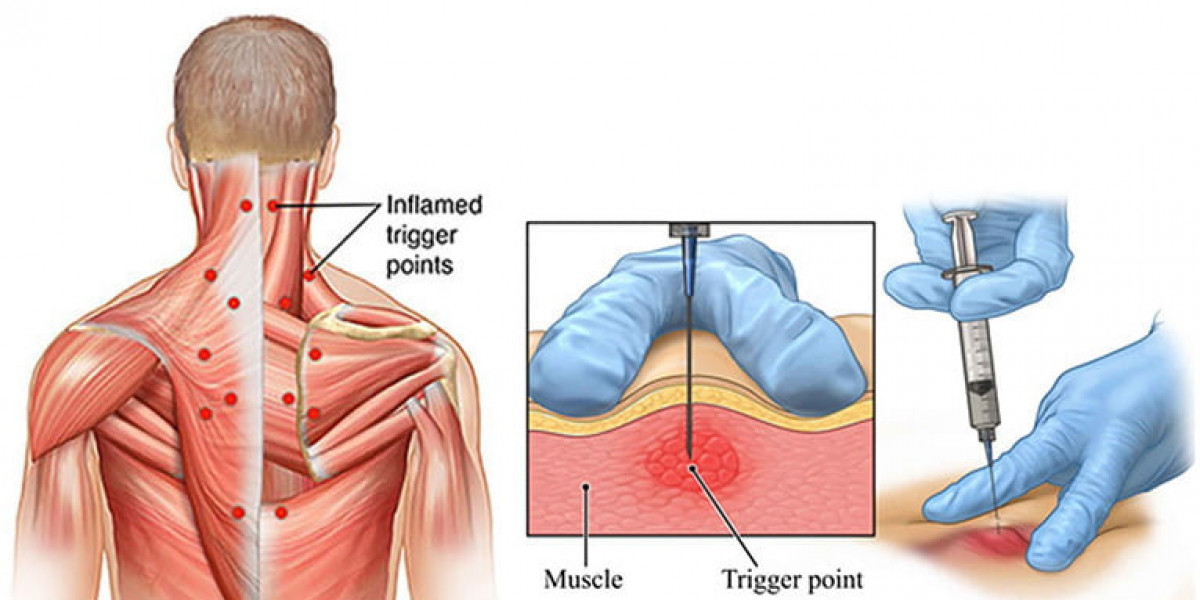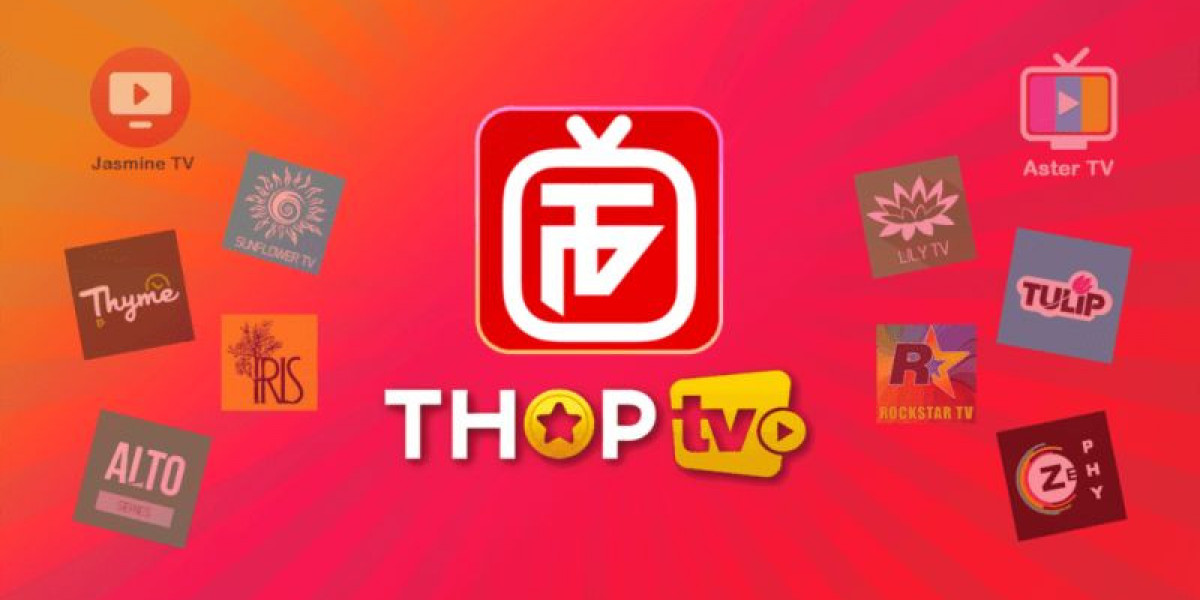Trigger point injections (TPIs) are a common and effective treatment for managing muscle pain and tension caused by trigger points—tight knots in muscle that can be painful when touched or that refer pain to other areas of the body. This procedure is particularly helpful for those with chronic conditions like fibromyalgia, myofascial pain syndrome, or tension headaches. At the Neurology and Pain Management Clinic (NPMC), we aim to provide patients with a clear understanding of the procedure so they feel confident and prepared.
What Are Trigger Points?
Trigger points are hyperirritable spots in muscle tissue often felt as tight bands or knots under the skin. These spots can cause local pain or refer pain to other parts of the body. They typically develop from muscle overuse, injury, poor posture, or stress.
What Is a Trigger Point Injection?
A trigger point injection involves inserting a small needle directly into the affected muscle knot. The injection usually contains a local anaesthetic like lidocaine, which numbs the area and interrupts pain signals. Sometimes, a corticosteroid may be added to reduce inflammation. In some cases, a dry needling technique (without medication) may also be used to release the muscle tension.
Before the Procedure
Before undergoing a trigger point injection, your pain specialist will:
Perform a detailed physical exam
Identify the location and severity of your trigger points
Discuss your medical history, current medications, and any allergies
Explain the procedure, benefits, potential risks, and aftercare
You don’t need to fast or make special preparations. However, it’s best to wear loose-fitting clothing to allow easy access to the injection area.
During the Procedure
Trigger point injections are typically done in the clinic and take only a few minutes per injection site. Here's what to expect:
Positioning: You’ll be asked to sit or lie down, depending on where the trigger point is located—commonly in the neck, shoulders, lower back, or hips.
Cleansing the Skin: The area will be cleaned with an antiseptic solution to prevent infection.
Injection: The doctor will insert a fine needle into the trigger point. You may feel a brief pinch or pressure, and if the needle hits the tight muscle band, you might feel a twitch response or slight discomfort.
Medication Delivery: Once the needle is in place, the medication is slowly injected. This helps numb the area and relieve pain.
Multiple Sites: If there are several trigger points, more than one injection may be administered during the session.
After the Injection
After the procedure, you may experience:
Immediate relief or gradual reduction in pain over a few hours
Mild soreness or bruising at the injection site
Temporary numbness from the anaesthetic
Patients are usually advised to rest the area for 24–48 hours and avoid strenuous activity. Applying ice and gentle stretching can help ease soreness.
How Soon Will You Feel Relief?
Many patients feel significant relief within a few hours or by the next day. However, depending on the severity of the trigger point or the chronic nature of your condition, multiple sessions may be needed to achieve lasting relief.
Are There Risks or Side Effects?
Trigger point injections are generally safe, especially when performed by an experienced physician. However, like any procedure, there are minor risks, including:
Pain or discomfort at the injection site
Minor bleeding or bruising
Rare infection or allergic reaction
Severe side effects are uncommon. If you experience swelling, fever, or signs of infection, contact your doctor immediately.
Who Can Benefit from Trigger Point Injections?
TPIs are suitable for patients dealing with:
Chronic muscle pain
Fibromyalgia
Tension headaches
Myofascial pain syndrome
Post-surgical or post-traumatic muscle tightness
They are especially beneficial for individuals who have not responded to physical therapy, medications, or other conservative treatments.
The NPMC Approach
At NPMC, Dr. Gautam Arora provides personalised trigger point injection treatments as part of a comprehensive pain management plan. This may include physical therapy, medication management, and lifestyle changes to address the root causes of muscle tension and pain.
Final Thoughts
Trigger point injections offer a quick, minimally invasive option to relieve persistent muscle pain and tension. With expert care and proper follow-up, many patients experience improved mobility, reduced discomfort, and a better quality of life. If you’re struggling with muscle pain that hasn’t responded to other treatments, a trigger point injection at NPMC may be the next step toward lasting relief.










